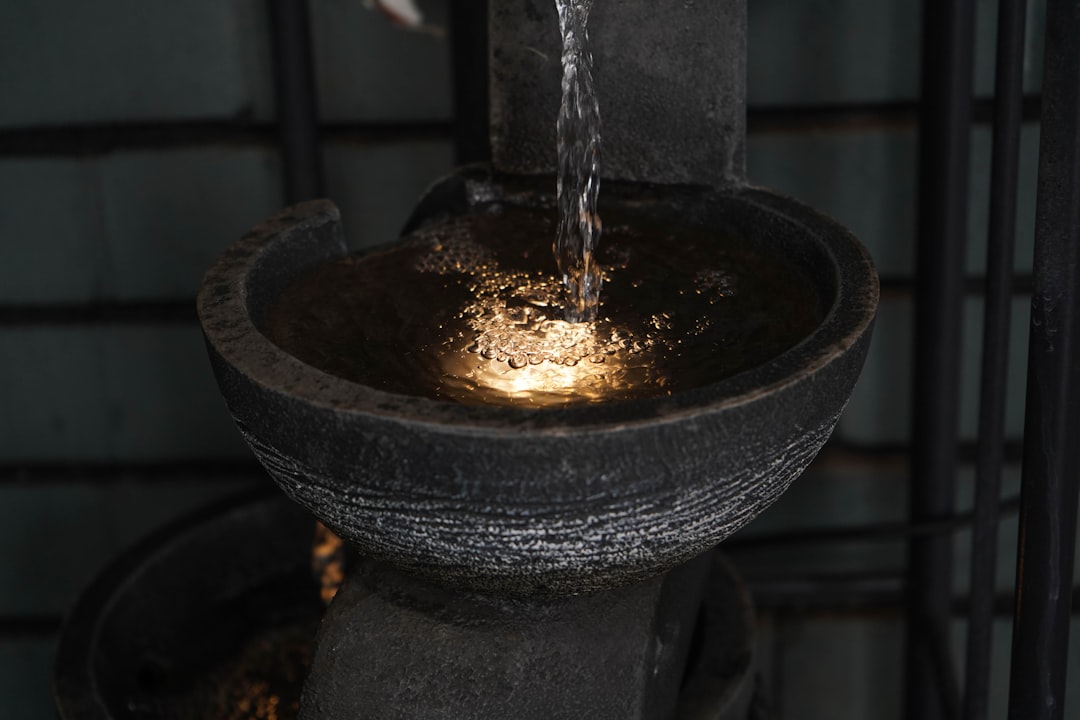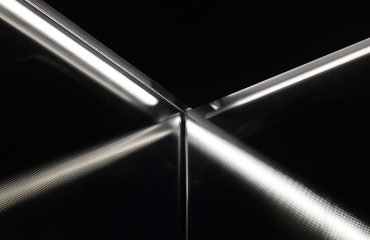Power plants, behemoths of energy generation, rely on robust and reliable infrastructure. While the turbines and generators often steal the spotlight, a crucial, often overlooked component ensures the structural integrity and operational efficiency of these facilities: steel profiles. From the foundational structures to intricate internal components, steel profiles are the unsung heroes, providing the backbone for safe and efficient power generation. This post delves into the multifaceted role of steel profiles in the construction and operation of power plants.
1. Structural Foundation: Steel Profiles as the Building Blocks
The foundation of any power plant is critical, bearing the weight of massive machinery and withstanding environmental stresses. Steel profiles, including H-beams, I-beams, and wide-flange sections, form the skeletal framework of these structures. Their high strength-to-weight ratio allows for the construction of robust yet lightweight structures, minimizing material costs and construction time. These profiles are often used in the construction of:
- Plant buildings: Housing generators, control rooms, and other essential equipment.
- Cooling towers: Supporting the massive structures responsible for cooling the plant’s water systems.
- Stacks: Providing structural integrity for the tall chimneys that release exhaust gases.
- Support structures for heavy equipment: Providing stable platforms for turbines, boilers, and other large components.
The selection of specific steel profiles depends on the load-bearing requirements, environmental conditions (corrosion resistance), and the overall design of the power plant. Detailed engineering calculations are crucial to ensure the structural integrity and longevity of these foundational elements.
2. Internal Frameworks: Precision and Efficiency with Steel
Beyond the main structure, steel profiles play a vital role in the internal frameworks of power plants. These profiles provide support for piping systems, electrical conduits, and other essential infrastructure. The precision engineering of these profiles is crucial for ensuring efficient routing of fluids and electricity, maximizing operational efficiency. Commonly used profiles include:
- C-channels and angle sections: Often used for supporting smaller piping systems and electrical conduits.
- Square and rectangular hollow sections (SHS and RHS): Providing robust support for heavier components and resisting torsional forces.
- Custom-engineered profiles: Designed to meet specific requirements of the power plant’s unique layout and equipment.
The use of standardized profiles simplifies construction and reduces costs, while custom-engineered profiles address unique design challenges and optimize space utilization within the plant.
3. Material Selection: Balancing Strength, Durability, and Cost
The choice of steel grade for power plant applications is critical. Factors to consider include strength, corrosion resistance, weldability, and cost-effectiveness. Commonly used steel grades include:
- Carbon steel: A cost-effective option for applications with low corrosion risk.
- Weathering steel (Corten steel): Develops a protective oxide layer, reducing the need for frequent painting and maintenance.
- Stainless steel: Offers superior corrosion resistance, ideal for applications exposed to harsh chemicals or high humidity.
- High-strength low-alloy (HSLA) steels: Provide a balance of high strength and good weldability.
The selection process involves careful consideration of the specific application, environmental conditions, and the overall lifecycle cost of the material. Corrosion protection is often crucial, employing techniques like galvanization, painting, or specialized coatings to extend the lifespan of the steel profiles.
4. Manufacturing Processes and Quality Control
The manufacturing process of steel profiles is highly regulated, ensuring consistent quality and dimensional accuracy. Modern manufacturing techniques, including hot-rolling and cold-forming, produce profiles with precise tolerances. Rigorous quality control measures are implemented throughout the process, including:
- Material testing: Ensuring the steel meets the specified chemical composition and mechanical properties.
- Dimensional inspection: Verifying the accuracy of the profile’s dimensions and tolerances.
- Non-destructive testing (NDT): Detecting internal flaws or defects in the steel profiles.
- Surface inspection: Identifying any surface imperfections that could compromise the structural integrity.
These quality control measures are essential to ensure the safety and reliability of the power plant’s structural components, preventing failures that could lead to costly downtime or safety hazards.
5. The Future of Steel Profiles in Power Generation
As the energy landscape evolves, so too does the demand for innovative steel profile applications in power plants. The increasing adoption of renewable energy sources, such as wind and solar, presents new challenges and opportunities. Steel profiles will continue to play a vital role in supporting these technologies, with advancements in materials science and manufacturing leading to lighter, stronger, and more corrosion-resistant options. The focus will increasingly be on sustainable practices, utilizing recycled steel and minimizing environmental impact throughout the lifecycle of these critical components. Furthermore, the use of digital modeling and fabrication techniques will enable more efficient design and construction processes.
In conclusion, steel profiles are fundamental to the design, construction, and operation of power plants. Their strength, durability, and versatility make them indispensable in ensuring the safe and efficient generation of power. A thorough understanding of material selection, manufacturing processes, and quality control is crucial for realizing the full potential of these unsung heroes of the power industry.




